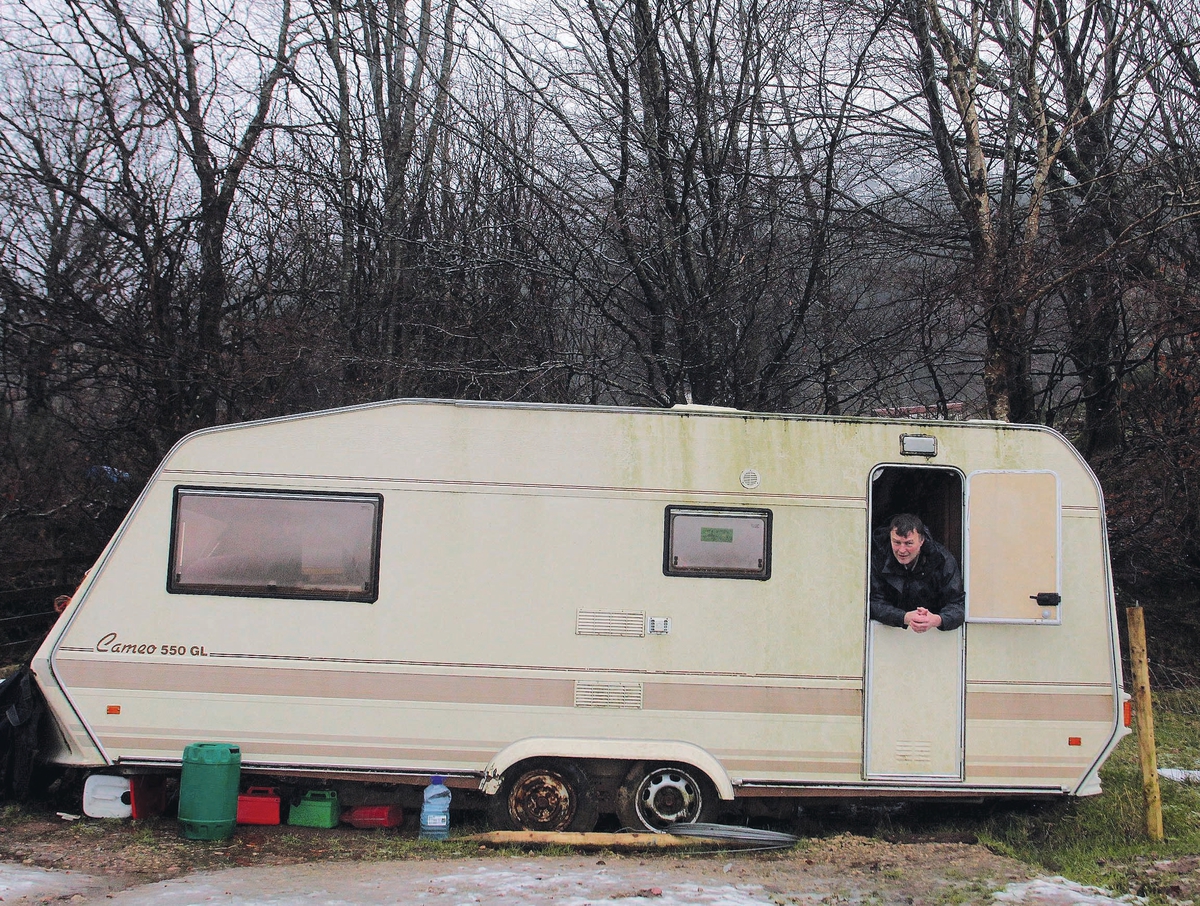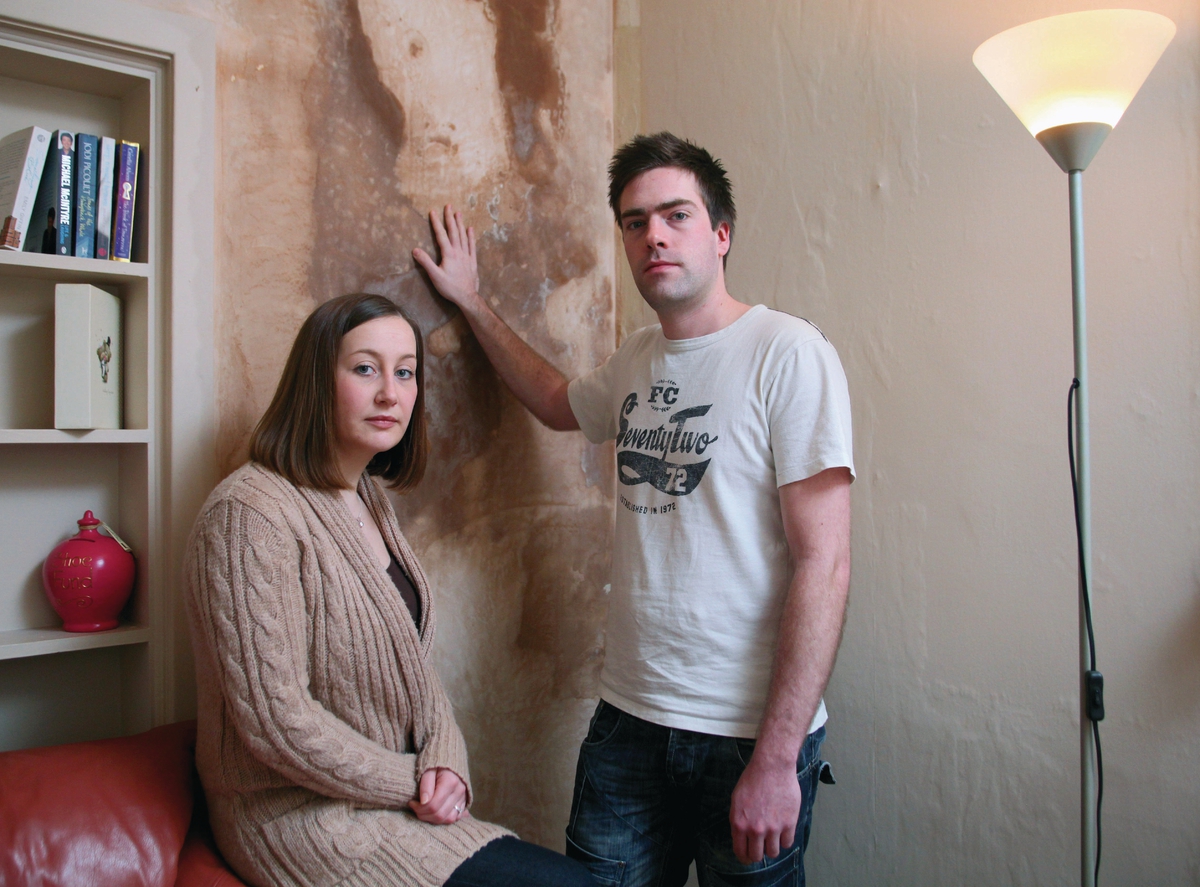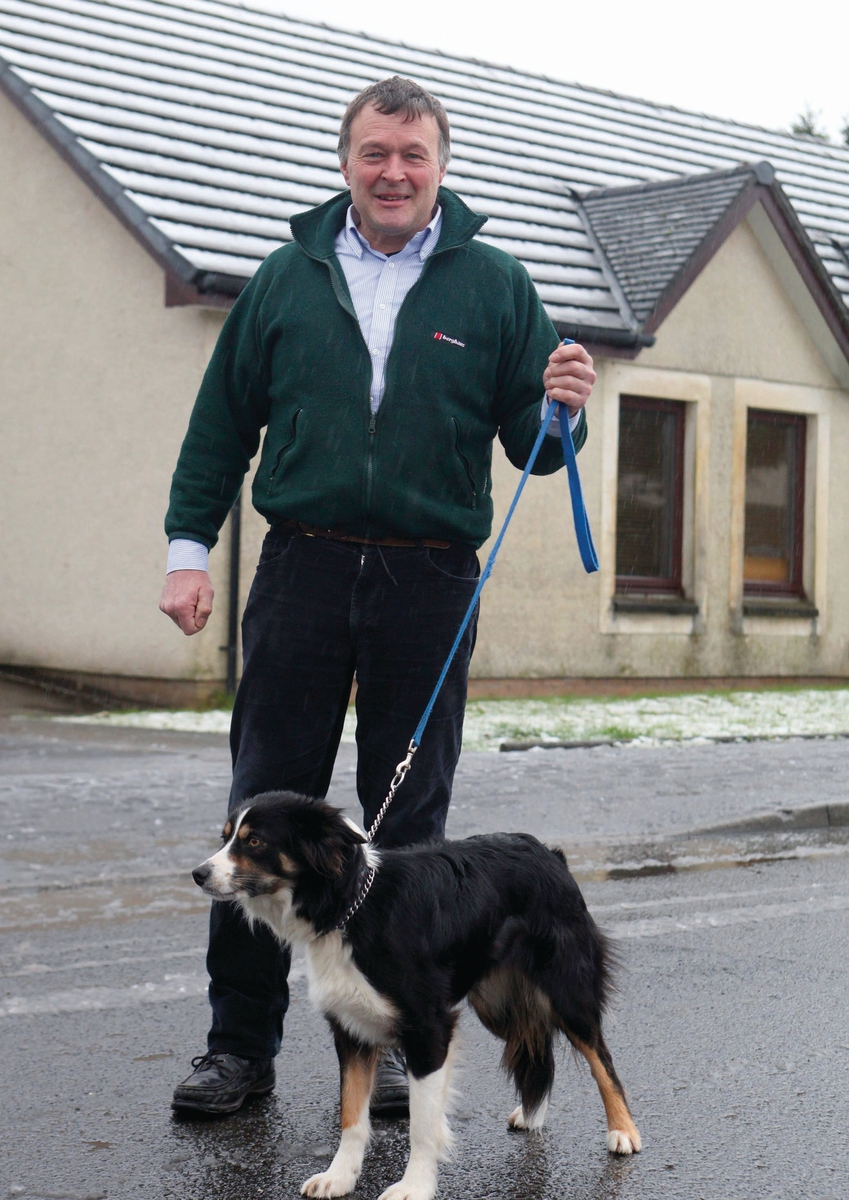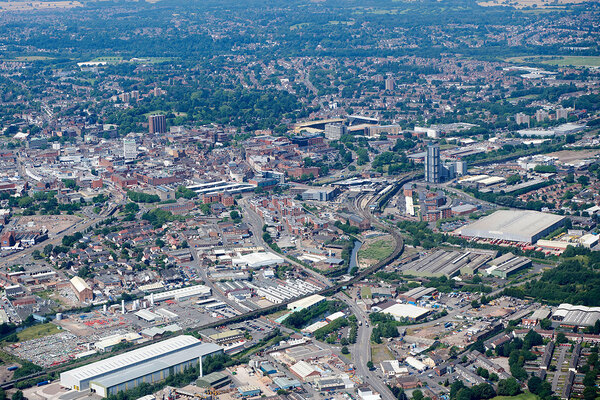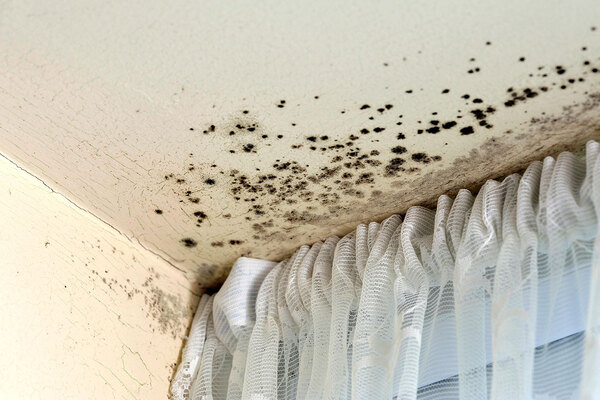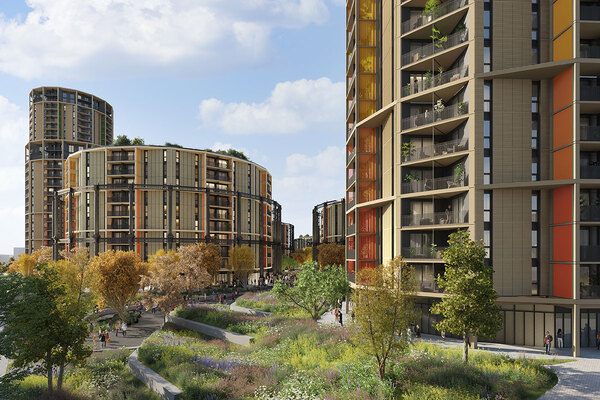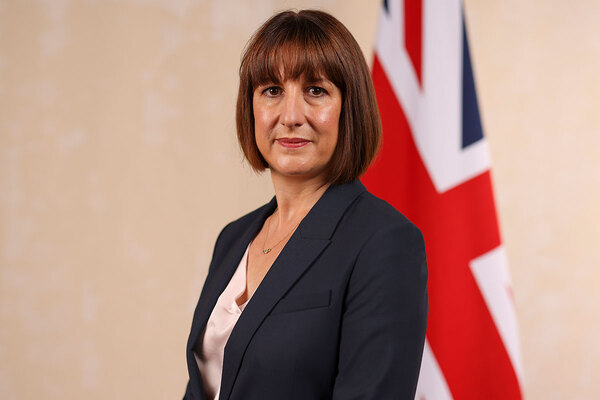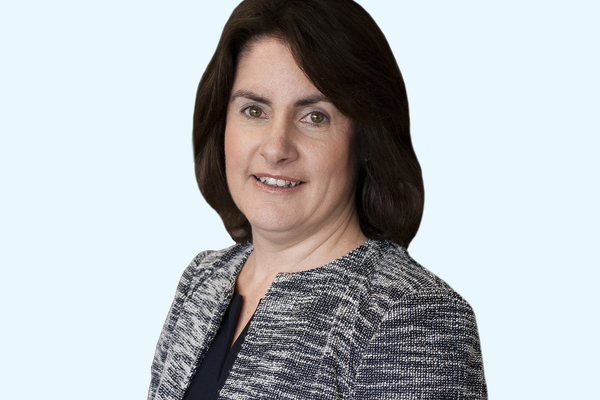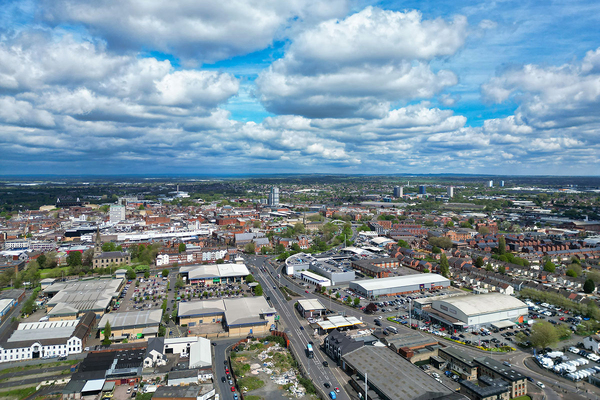Welcome to Arran
On the surface, the Isle of Arran is a perfect snapshot of rural, Scottish life, but its popularity has created a serious housing crisis, with people on waiting lists for years. Here, Emily Twinch investigates the extent of the problem and how one charity hopes to tackle it
The Isle of Arran is often referred to as a miniature Scotland because it packs all the beauty of the mainland into one small area.
There is a tranquil, friendly feel to the island - it’s the kind of place where people say hello to you in the street, regardless of whether they know you or not. Islander Stephanie Fullerton sums up its appeal with the words: ‘Everyone knows everyone. It’s the safest, nicest place I have ever been.’
But Arran is also a victim of its own success. This ‘mini Scotland’ is a highly desirable place to live and that - coupled with its location around 14 miles off the west coast of mainland Scotland - has created its own concentrated housing crisis.
It’s a problem that resident Gavin Bell can tell you a thing or two about. Around 15 months ago the 56-year-old farm worker moved into a ramshackle caravan he got free from a scrap yard on the island. It had no plumbing facilities so he was forced to wash in a nearby stream.
His route to homelessness started in the 1990s when his marriage broke down. Because of his four children - and the fact he owns a few sheep and horses, and works on a farm on the island - he wanted to stay. For a few years he stayed in the homes of various siblings, cousins and second cousins, but as his options dried up he ended up in the caravan.
Not enough homes
‘I had applied to privately owned houses but the rents are very expensive,’ Mr Bell explains. He ‘didn’t think there was any point’ in applying for a social home, he adds, because of their scarcity. And because he had the caravan he felt no need to apply as homeless. As an ex-army man, he felt he could manage.
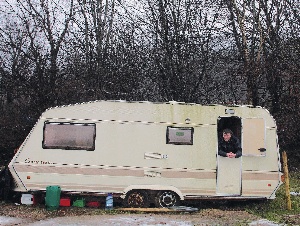
The caravan Mr Bell lived in before being offered his bungalow
His employer finally pushed him into applying to the only housing association on the island - 293-home Isle of Arran Homes, part of the larger, 2,500-home Trust Housing Association - in August.
Because of his living circumstances he was pushed up the 250-person waiting list and moved into a one-bedroom bungalow in Brodick, the island’s main settlement, in October last year.
‘I have been really lucky,’ Mr Bell says. ‘The caravan at times was hard - I’m not getting any younger.’
What, though, is the scale of the island’s housing crisis and what impact is it having on the behaviour and living conditions of the existing population? After years of problems, are there any solutions on the horizon?
Ms Fullerton and her partner Robert Johnstone are, unfortunately for them, prime examples of the current state of play for young people on the island. They have been on IoAH’s waiting list for a year, during which time they have been living in a shabby, mould-ridden, private rented sector property that has recently been condemned by North Ayrshire Council as unfit for habitation. The property was assessed after they joined the council’s waiting list.
The couple moved into the £280-a-month, one-bedroom flat because they wanted to move out of their parents’ homes and start a life together, and it was the only place they could afford. Ms Fullerton, 25, had already been on the housing association’s waiting list for seven years while she lived with her parents. Even for a couple it can be tough going - private rents on the island start from at least £500 a month - a price most locals cannot afford. The average income for a household on Arran, according to CACI Paycheck is £23,000.
The council gave their landlord 30 days to do repairs to the property, but the landlord has decided to evict the couple by 1 April this year rather than spend money on the flat.
‘[The housing association] has told us “your chances of getting a [social] house are slim to none”,’ Ms Fullerton says. ‘The only way of getting a house is if you have a baby, and that’s not the ideal circumstances to have a baby.’ The IoAH allocations policy awards points to move up the waiting list on various aspects of need, including current standards of living. The number of points rises if a couple has a child.

Mr Bell had to wash in a nearby stream because the caravan did not have plumbing facilities
While Mr Johnstone, 27, has a steady job as a supervisor at the Co-operative supermarket next door, Ms Fullerton works in hotels and restaurants, and since the recession her income has dropped.
They say they will have no option but to look for another private rented flat. ‘We will probably end up with a property with the same amount of problems on our budget,’ Ms Fullerton says.
The couple are reluctant, however, to present themselves as homeless, despite the imminent loss of their home. They are afraid they will be sent to the mainland, as there is no temporary housing on the island. It is a common worry, according to Neil Wilkinson, housing and property officer at IoAH.
‘People don’t report themselves as homeless for fear they will be offered a home on the mainland,’ he states. ‘From the council’s point of view they don’t have temporary accommodation here and it would be difficult to discharge their responsibilities here.’
He says this creates a ‘chicken and egg situation’ because the council then finds it difficult to understand the scale of the island’s homelessness problem.
Despite this, he adds: ‘There are many people who tenaciously stay on the island despite the problems. They see it as a good place to live.’
A spokesperson for North Ayrshire Council says ‘residents do not want to leave the island and generally make suitable accommodation arrangements when they are given a few nights of temporary accommodation’. He adds that the council’s social services department manages initial approaches for assistance and provides ‘short-term’ temporary accommodation. ‘They are then supported to look for accommodation on the mainland given the low number of affordable homes on the island.’
There are certainly cases of people living well into their middle years in their parents’ homes to stay on the island. ‘It’s not unusual for people to spend years on our waiting list,’ Mr Wilkinson adds.
Tourist trap
Of course, it’s not just people with a local connection who want to live on Arran. For about 60 years tourism has been its main industry, and that has brought many second homeowners.

Stephanie Fullerton and Robert Johnstone, who were told their chances of getting a social home were ‘slim to none’
A report by Craigforth Consultancy commissioned by the Arran rural housing sub group - to be published this spring - reveals that the proportion of housing stock owned by second homeowners stands at 19 per cent, a figure that has remained consistent for 12 years. It’s become something of a local joke - the third largest settlement on the island, the village of Whiting Bay, is said to have so many people from Yorkshire living there it is known locally as ‘Little Yorkshire’. Retirement homes are also popular - the report shows 1,062 of the 5,299 population were aged between 65 and 79 in 2011.
This market has kept the house prices relatively high, despite the recession, so local people on low wages have very little chance of getting onto the property ladder. The average house price jumped from £83,220 in 2001 to £176,500 in 2011, according to the Craigforth report.
There have historically been few low-cost homes to rent on the island - the 2001 census shows 75 per cent of homes were owned, 12 per cent were for social rent and 13 per cent rented privately.
This year’s Craigforth report is a repeat of one published in 2007, which identified a need for a minimum of 105 to 125 homes and a maximum of 165 to 185 homes between 2007 and 2012. Just 30 homes were built in this period, and the housing association’s waiting list has remained at around 250 since at least 2007.
The council has been working with IoAH and the Scottish Government to try to find ways of building on the island. This is difficult because most of the developable land is in the hands of a few private owners and there is no more council land left that is suitable for development.
In 2011, IoAH completed a 24-home scheme in Red Quarry Road in the village of Corrie on the island. The £4.2 million development was funded by £2.4 million of Scottish Government money, £563,000 from North Ayrshire Council, and £1.2 million from Trust Housing Association. The land was purchased from developer John Thompson Construction, which had picked it up previously from the Fforde family, who are significant land owners on Arran.
Last year the council started working with 1,500-home Irvine Housing Association, a subsidiary of Riverside Group, to build 56 homes on a site called Benlister South in Lamlash, the second biggest settlement on the island. These are due to be completed in March 2014, and Irvine is likely to take on the management of the homes. For the first time there will be two housing associations on the island.
But Olga Clayton, head of community care and housing at North Ayrshire Council, warns that ‘developing a small number of homes is not going to meet the level of demand’.
So how can the Arran problem be solved? An Edinburgh-based homelessness charity thinks it has the answer - at least, in part.
Finding a solution
Scottish Churches Housing Action has set up a company called Whitebeam Homes - Whitebeam being a rare tree endemic to Arran - to provide homes for mid-market rent to try to alleviate the island’s problems.
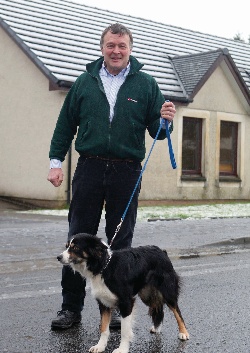
Gavin Bell in front of his bungalow
The initial plan is to buy two two-bedroom ex-council homes on the island valued at £120,000 each, and let them at an affordable rent - £450 a month. It aims to prioritise giving homes to working families with a connection to the island.
Whitebeam Homes came about when the United Reform Church sold a disused place of worship on the island - Sannox Congregational Church - to the Sannox Christian Centre, a new charity that plans to set up a Christian retreat on the site. The URC, which follows SCHA’s belief that churches have a responsibility to communities to provide housing, donated the proceeds of the sale to SCHA to set up the charitable company. Whitebeam Homes now has £100,000 in the bank and is in discussions with ethical bank Triodos to lend the rest of the money needed.
Alastair Cameron, chief executive of SCHA, says these talks are currently positive, but makes clear the company will have to buy at the lower end of the market to make the scheme work.
‘In the longer term we would like to be able to take on [empty homes] that need more done to them and make sure that work is done by people on the island,’ he says.
The number of empty homes on Arran has risen from 2 per cent of its 2,861 homes in 2001 to 7 per cent (208 homes) in 2011, according to the Craigforth report.
There is even scope to expand across Scotland, if the Arran scheme is a success. Until then, however, Whitebeam’s aspirations are modest. The organisation has a three-year business plan which anticipates it will scale up from one to five houses. ‘In the first years, we are going for something small,’ Mr Cameron explains.
The charity will need benefactors to donate if the company is to expand. The charity held a Scottish parliamentary reception in January with private organisations to try and garner support. Around 50 people attended, Mr Cameron says, and there has been some interest shown but no firm commitments yet.
‘We haven’t done this before. We are being cautious about the assumption of how much external income we will bring in,’ he adds. ‘If we exceed our targets, I will be delighted. The whole premise is built on impatience. A housing need is identified now and building means it [will be] met in three years’ time.’
The charity hopes to have the initial two homes ready in the next three months. But will Whitebeam Homes have a big impact when the council believes the best way to alleviate the housing problem in any significant way is to build more homes?
Admittedly, the organisation will provide only a small portion of homes that are needed. But some difference is better than none. There will initially be at least two families who will be glad of its intervention. And, hopefully, in years to come - a few more.
Ms Fullerton certainly has her fingers crossed. ‘Finding an affordable home would mean being able to start a life together without a huge weight on us,’ she says.
Arran in numbers
2,969 housing stock on the Isle of Arran in 2011 compared with 2,861 in 2001
293 Isle of Arran Homes’ stock today,eight of which are shared ownership and the rest for social rent
119 number of homes IoAH took on from the North Ayrshire Council in a stock transfer in September 2001
205 number of homes IoAH and its parent company, Trust Housing Association, have built on the island, 121 of which were already built when IoAH came into being in August 2001
25 number of homes IoHA has allocated since the start of this year
£176,500 average house price in 2011, compared with £83,220 in 2001
